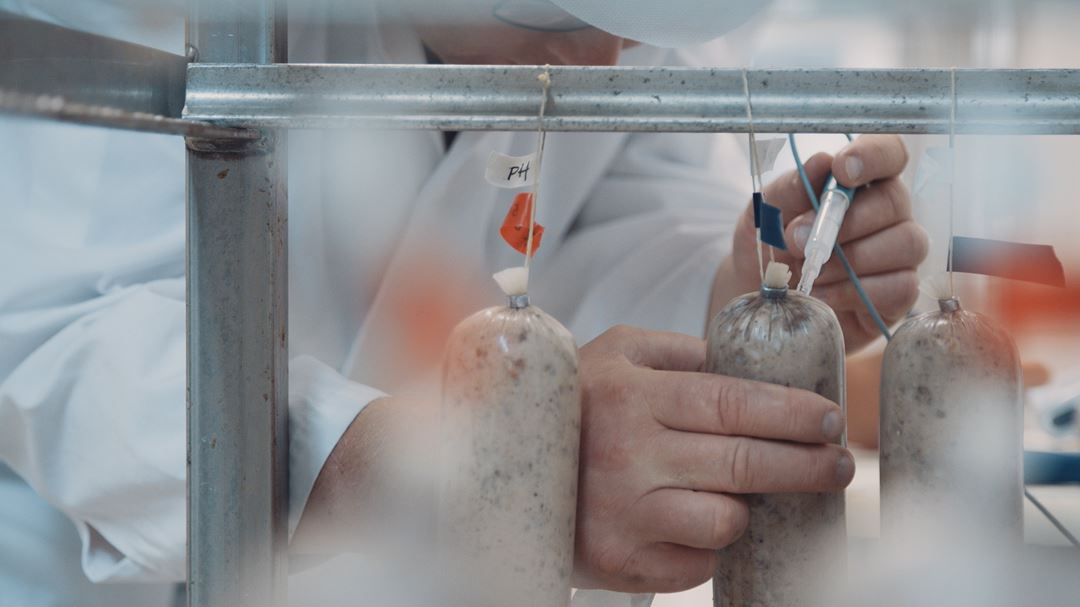Why salt is used
Salt (NaCl) is the world’s oldest additive, and most people associate salt with its well-known salty taste. Salt is also used in food due to its unrivalled preservative properties, its positive impact on the technical properties of the product, and its low price. Salt thus performs many important functions in food production.
Too much of a good thing
On the other hand, the relationship between salt (NaCl) intake, blood pressure, and the risk of cardiovascular disease is well documented. The World Health Organization and the Norwegian Directorate of Health recommend that salt intake in the population be gradually reduced by about 50% over time. To achieve this goal, the food industry must reduce the salt content correspondingly in several of its products.
Sodium
To clarify: It is the sodium (Na+) in salt that is associated with adverse health effects. In order to reduce sodium content in food, we need to know how much sodium is actually in the food – both in the original products and in products where the amount of sodium is reduced. We must also find out what happens to the consistency, taste and the shelf-life of the finished product if the sodium content is reduced.
Quantity and consistency
In several projects, researchers at SINTEF Ocean have helped to increase knowledge for the development of products with less salt and looked at this in the context of smart process technology.
For her doctoral thesis, researcher Kirsti Greiff researched analytical methods for measuring sodium quantity and changes in food with a focus on sodium reduction in fish pudding and brined ham.
She used advanced analytical techniques such as nuclear magnetic resonance and impedance spectroscopy to increase understanding of how properties, such as water binding, consistency and microstructure, change in various products through processing. She also used machine vision for an objective assessment of changes in surface texture in brined ham with reduced salt content.
Alternatives to sodium
To compensate for the reduced salt, various types of salt substitutes can be used. There are numerous salt substitutes on the market: mineral salts, lactate and sodium lactates, yeast extract, spices and herbs, sodium glutamate, mushroom extract, seaweed, and more. The addition of salt substitutes must be optimised based on the properties they will contribute to the food.
Salt Partnership
To achieve greater commitment to the work on reducing salt, partners in the food industry, hospitality industry, R&D environments, industry organisations, interest groups and health agencies entered into a partnership, and, in October 2015, the Salt Partnership was established. The Salt Partnership has run over two periods (2015-2018, 2018-2021). SINTEF Ocean participates in the Salt Partnership, where Kirsti Greiff has an active role in the working groups for meat and fish.
The road ahead
The Norwegian food industry and R&D institutes have worked together for several years through the Salt Partnership in order to reduce the salt content of food. A partial substitution of NaCl with potassium chloride (KCl) has proven to be a good option for sodium reduction with regard to taste, shelf-life and technical properties, such as water binding. We also see that it is appropriate to view salt reduction in combination with smart process technology. In connection with this, it is also important to consider how salt reduction affects the production process and energy use.


